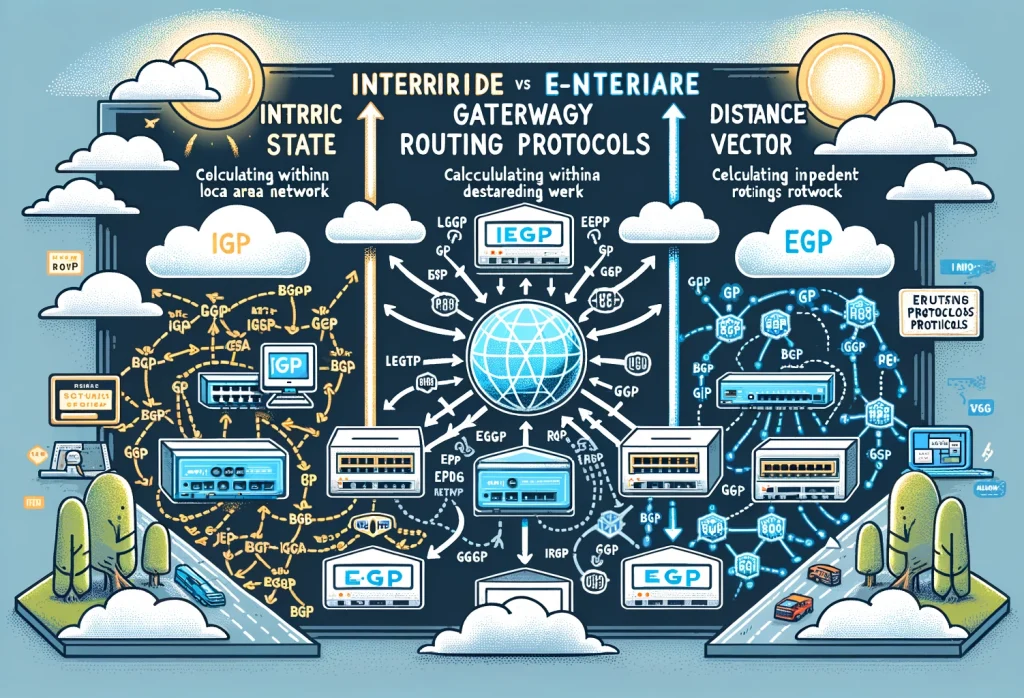Routing protocols are the unsung heroes of the internet and internal networks, providing the guidelines that allow routers to effectively communicate and determine the best paths for data packet travel. As defined by Wikipedia, these protocols disseminate information, enabling routers to select routes between any two nodes on a computer network, with routing algorithms making the specific route choice.
Interior vs. Exterior: The Two Gateway Protocols

At the heart of routing protocols lie two distinct types: Interior Gateway Protocols (IGPs) and Exterior Gateway Protocols (EGPs). IGPs are used within an internal network to route internal traffic, whereas EGPs are designed for routing traffic across the vast expanse of the internet.
IGPs are typically deployed within a Local Area Network (LAN), such as a corporate LAN, utilizing either link-state or distance-vector routing protocols to efficiently manage traffic. Link-state protocols enable each router to map out the network and calculate the optimal path to each destination, creating a highly efficient routing table. On the other hand, distance-vector routing protocols, which are known for their simplicity and lower network overhead, require routers to periodically inform neighboring routers of network topology changes.
In contrast, EGPs, such as the Exterior Gateway Protocol (EGP) and Border Gateway Protocol (BGP), are essential for routing traffic between independent networks connected via the internet. These protocols ensure seamless data flow across disparate networks, making global internet connectivity possible.
Understanding the Core of Network Routing
Routing protocols are integral to the smooth operation of both internal networks and the Internet at large. Whether it’s managing traffic within a corporate LAN or facilitating global communications, these protocols ensure data packets find their way efficiently from source to destination.
By grasping the distinctions between IGPs and EGPs, networking professionals and enthusiasts alike can better understand the underlying processes that keep our digital world connected.






